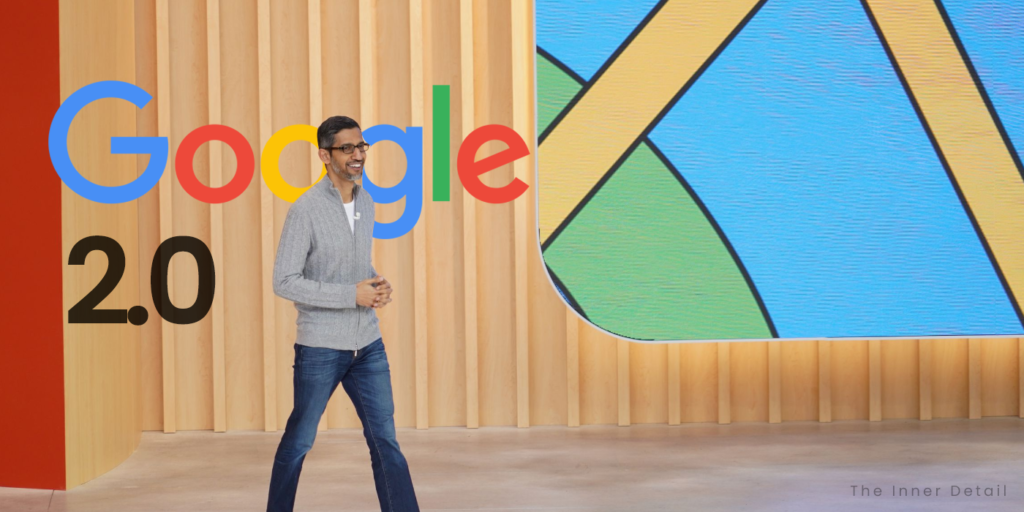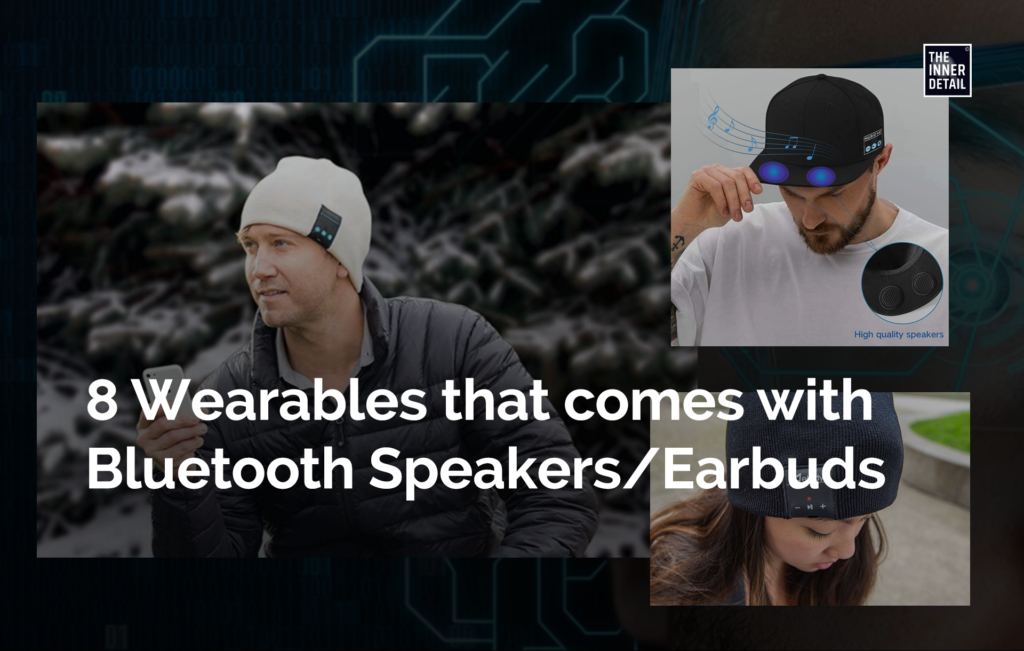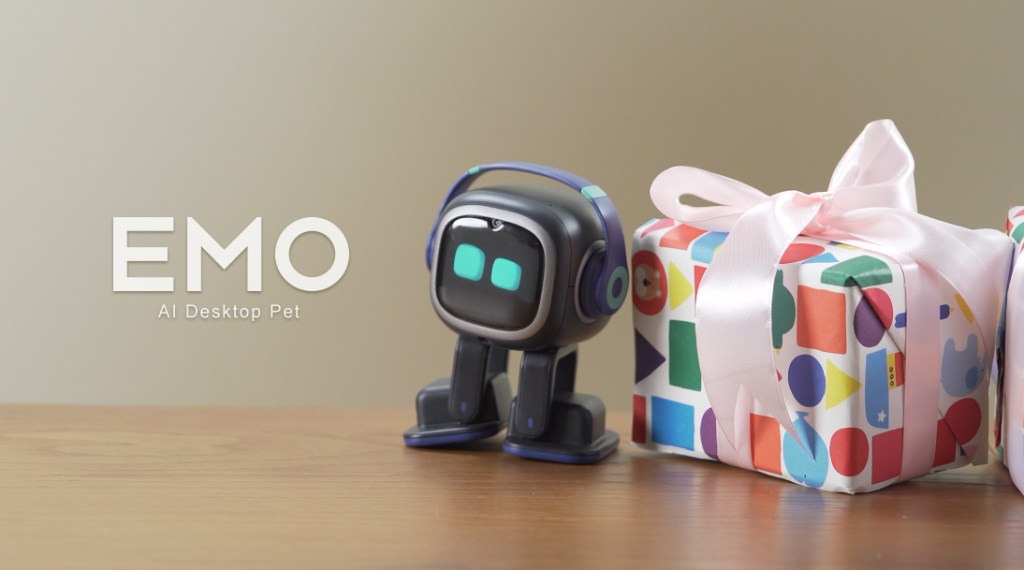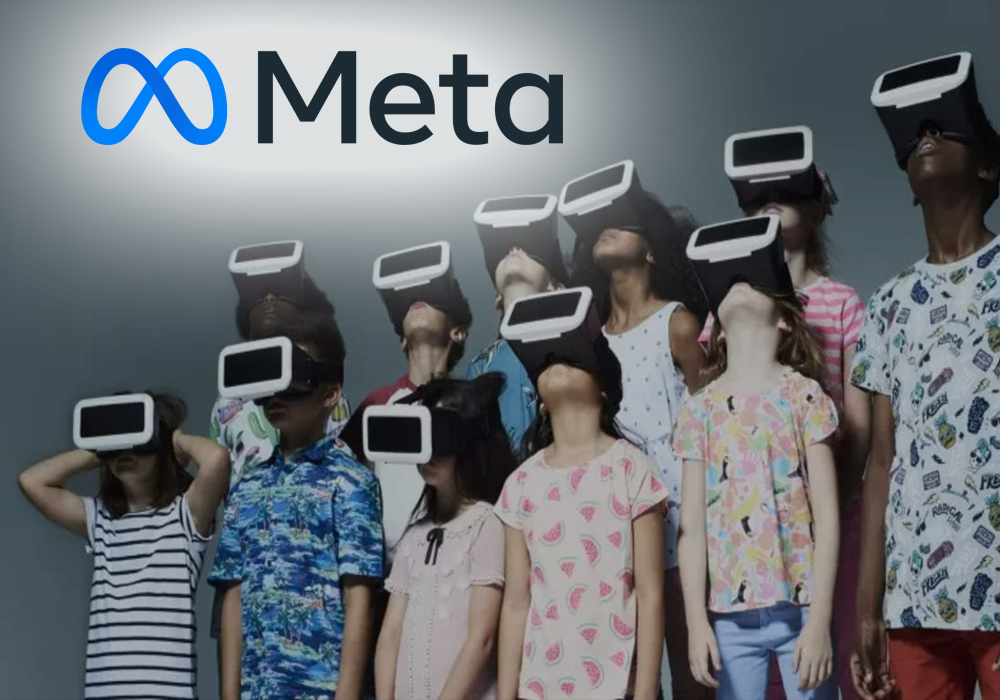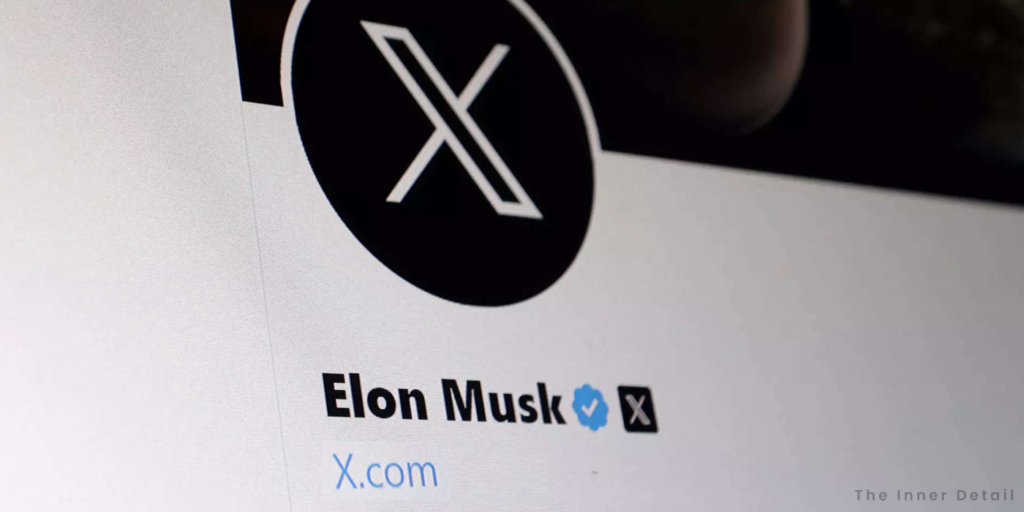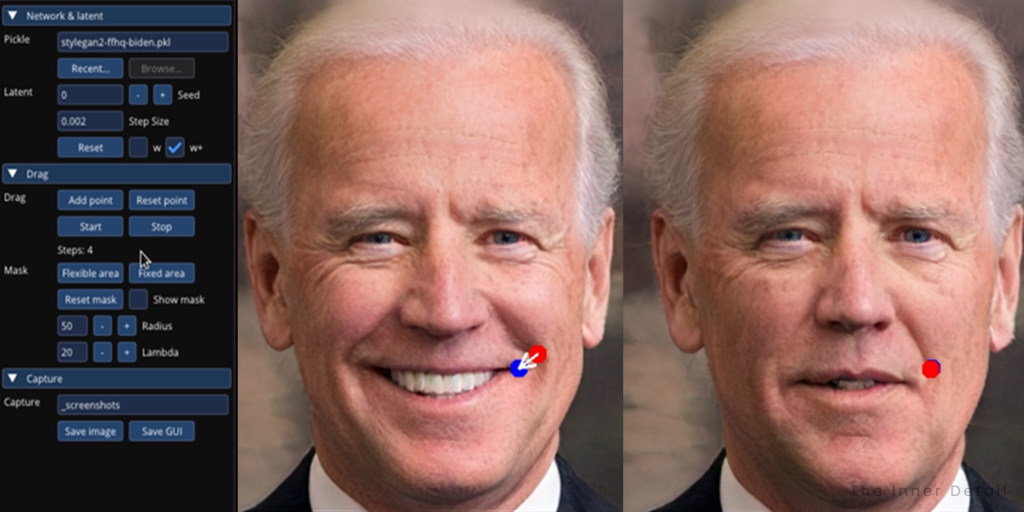Google is letting AI to dominate its Search’s front page, adding generative-AI elements for an enhanced and time-efficient online search experience.
The future of internet is AI. Google believes so, and in no doubt, directs the company’s approach towards incorporating AI into each of its business, starting from Search, Workspace, Pixel phones to android. Especially Google Search has upgraded to a whole new level with its AI, putting down the talk of Bing being capable to replace google.
Though Bing got to the public first and had set an example of AI-enabled search-page, Google rethinks the design on its own to be unique and yet convincingly fruitful to the viewers. And this is how Google blended AI in the Search-page.
AI-enabled Google Search – SGE
Google revamps its Search page by deploying AI-generated content in the front and center of search results, pushing the 10 blue links down. When you search something from anything that’s informational like ‘what is quantum computing’ to anything for shopping ‘best speaker under $100 / ₹3000’, the AI’s content will be proffering the help first in front of you, followed by usual search results from various websites.
Google calls this snippet “AI Snapshot”. AI Snapshot is built by Google’s two models – large language model “PaLM-2”, that powers 25+ other features and platforms across the firm’s business and Multitask Unified Model (MUM) that Google uses to understand multiple forms of media.
This model of Google, hence can source the information from not only texts in websites, but also videos across YouTube, TikTok platforms.
AI Snapshots are the product of Google’s new feature called “Search Generative Experience” (SGE), which is still in “Search Labs”, which is again something new that Google unveiled on I/O event on May 2023. All the upcoming new AI features will first be put into ‘Search Labs’, before heading out to the public, Google guides. So, as of now, Generative AI of Google search is experimental.
What is AI Snapshot like?
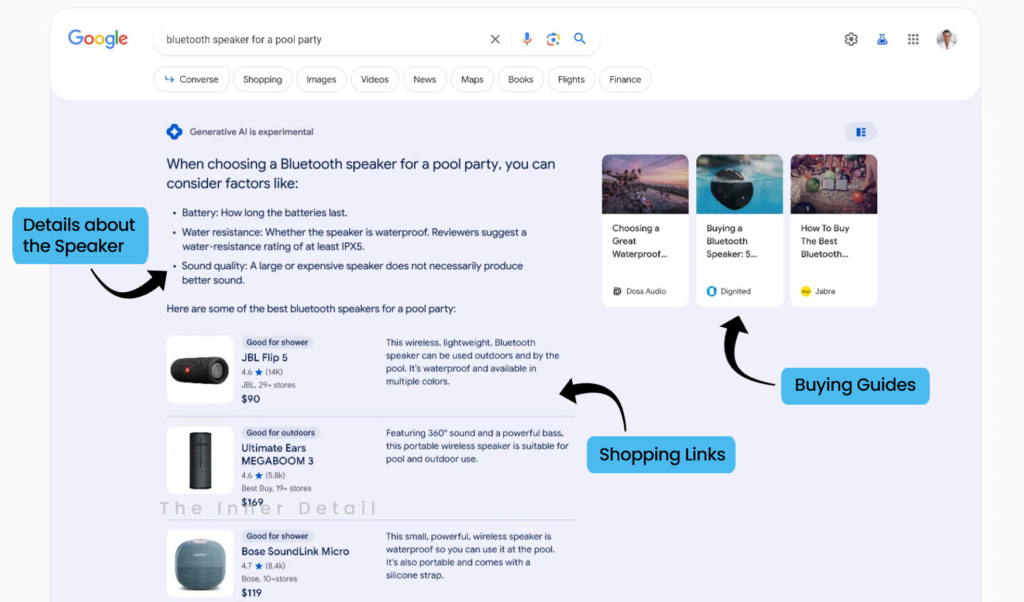
The AI Snapshot is the brilliance of Google’s AI model, where it pulls off necessary content of different forms that would be most serving to the users. In an example, when searched for ‘bluetooth speaker for a pool party’, the AI shows list of speakers one can buy, but before that there are few points detailing what one should care about in such a speaker: battery, water resistance and sound quality.
Right to this, sits three links heading you to buying guides written by websites. At the bottom of AI-generated content, you can find “Ask follow up” for continuing the search-query, with few questions being suggested in case if you might want to know better about your search-topic, similarly like “People also ask”.
This will completely change how users interact with Google Search. There wouldn’t be a need of entering into websites searching for the apt answer every time, as AI would screen it right in front of you.
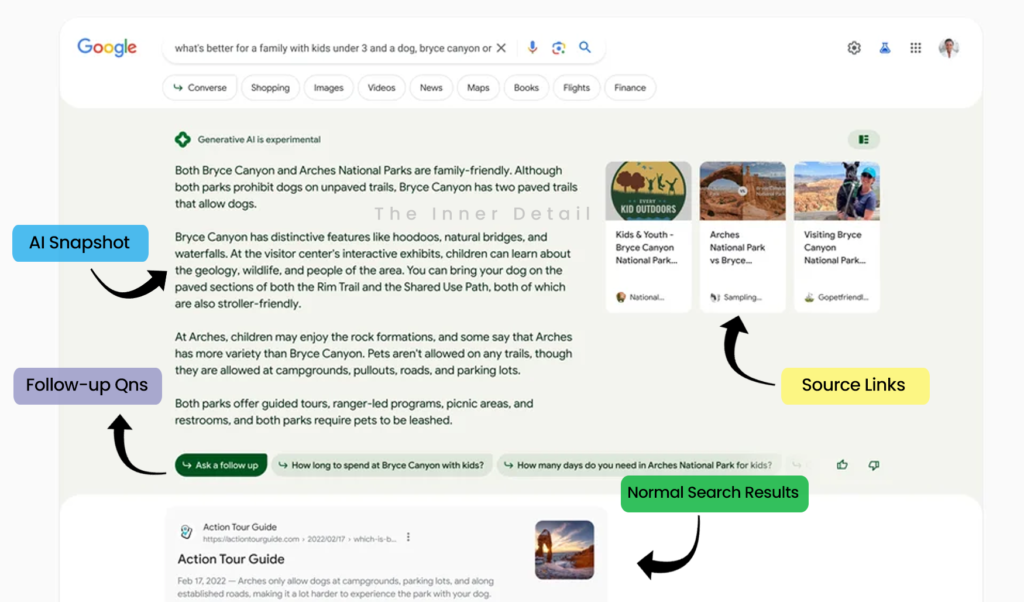
You don’t always need AI
Google is clear about one thing – “to serve the best”, if it’s with AI or even if it’s without AI. Not every search will have AI Snapshot in the result-page. In fact, Google purposefully puts the AI down to not ponder anything about sensitive subjects like health and finances. AI might make mistakes, and Google is not letting the generative-AI to interfere in these aspects.
Also, there might be cases where you need a simple ‘go-to’ search result, where AI-results might not be conclusive. Like ‘Taylor Swift song videos’ will have YouTube links in the search page, rather than explaining about it.
Related Posts
AI can do what normal search can’t do
Subjects where regular google searches can’t help in arriving detailed answers to questions, AI will dominate, Google says.
Say, queries like “Where should I go in Paris next week?” or “Best restaurant in Bengaluru”, are difficult to answer aptly, unless you add more details to it. Like “What’s the budget?”, “Are you looking for adventure-like travel or amusement theme-parks or something like Ross used to go – museums” and the other details related to the places.
“Putting it altogether into something like a coherent answer is really hard,” says Prabhakar Raghavan, the SVP at Google. And this is where AI can help the most.
People more often come with unsure topics, that they wish to explore, and for those, Google is bringing its large language model PaLM 2 to better combine the information into few sentences and few links, that will best serve the users’ needs.
Google not aims for a friendzone
Elizabeth Reid, VP of Google Search, explains where and how Google is heading, in the future, carrying the AI search experience and technology. Reid speaks about the two extremes of AI – factual and fluid. Factual is anything that’s “right”, built with good, correct and grounded information. Whereas, fluid is a system that feels totally seamless and human – like a friend.
Google is trying hard to lean towards the ‘factual’ side, as the firm thinks ‘it’s better to be right than interesting’.
Large language models like Google’s and OpenAI’s are worried to be confidently wrong about something, but would put in a way that sounds good and convincing, which might even convince people that it could be true.
This might seem ridiculous, but had happened with me. When I tried ChatGPT to write me a blog post about Bamboo headphones made by an IIT Student, it written about something that’s from a student of IIT Madras and all the information was deceptive. However, the paragraphs it had scrambled seemed to be factual, until I cross verified it with Google Search, which showed nothing related to IIT Madras, but about IIT Bombay with a totally different content. I don’t know where ChatGPT had sourced the content from.
Google is still exploring
While Google knows it has to move fast to surpass its competing chatbots, search-engines and apps like TikTok, Instagram, which Gen-Z prefer for searching, the firm is conscious to not knee-jerk reacting to the trend, but plan everything in its own way. Raghavan says, “10 years from now, we’ll all do everything about chatbots and LLMs. I think it’s going to be one more step.”
Means, Google Bard, SGE is not the future of Google search. But AI is. Google will still be exploring even after SGE came out of Search Labs to billions of users. And somewhere in future, Google will be fully with AI-generated content that’s authentic and best serving, probably.
Key Takeaways
- Google Search will show AI generated content called “AI Snapshot” at the front of Search results. AI Snapshots can show information in multi-media form.
- AI Snapshots are powered by Search Generative Experience (SGE) built using Google’s LLM PaLM 2 and Multitask Unified Model.
- Google restricts AI to not generate content about sensitive subjects like health, finance and so on.
- Google wants to be right and factual, than being a friend to the user.
- Google is still exploring the AI and Bard, SGE are not the future of Google Search, but AI is.
What do you think of this AI-influenced change?
Hope you find the page useful!
(For more such interesting informational, technology and innovation stuffs, keep reading The Inner Detail).
